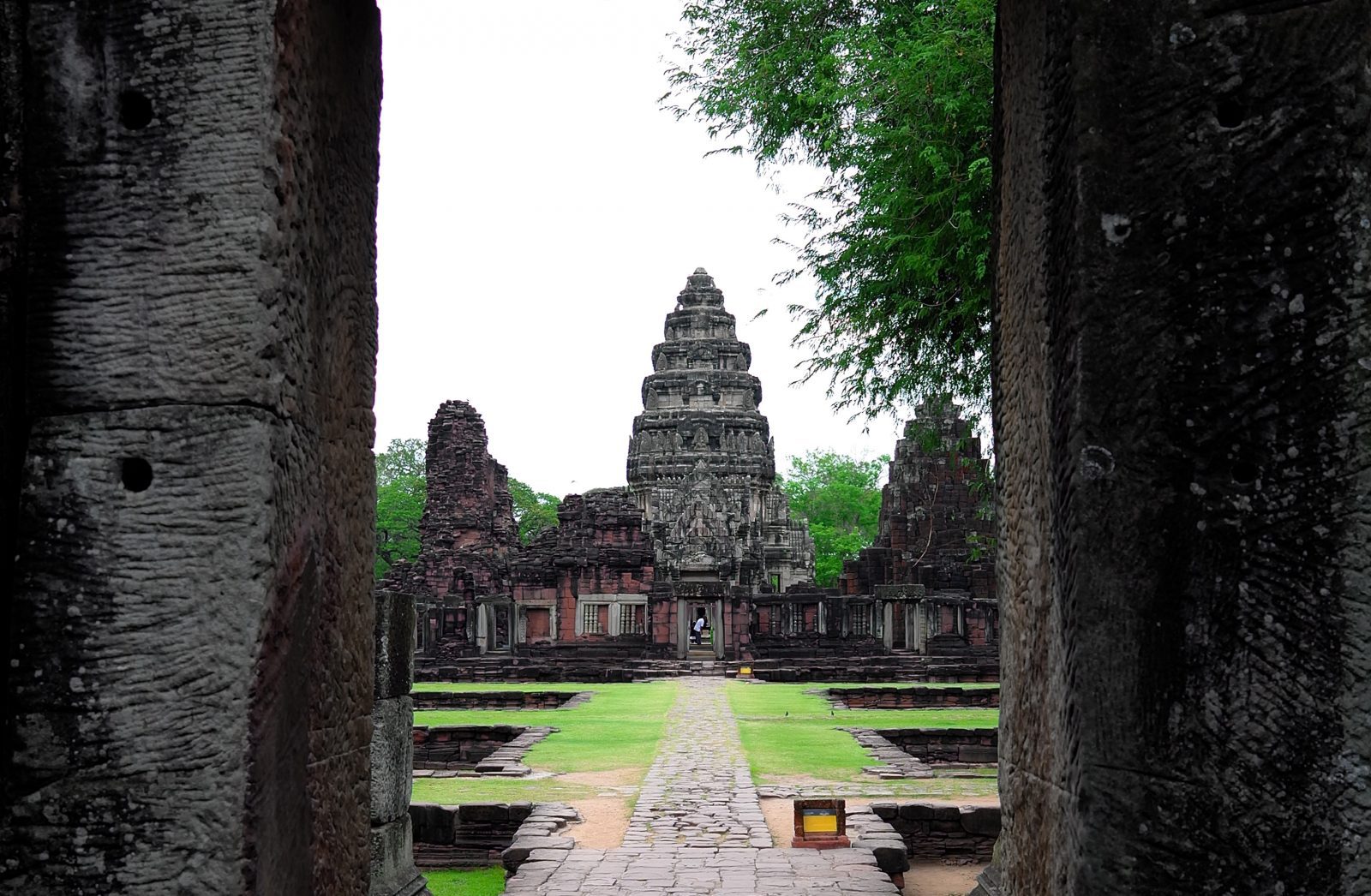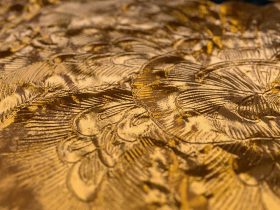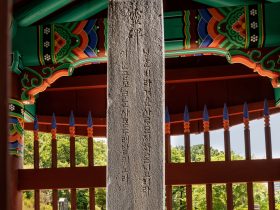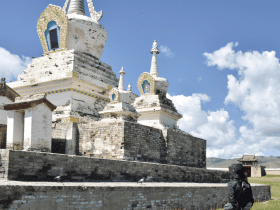Research Division of Architectural Heritage
Hong, Eunki
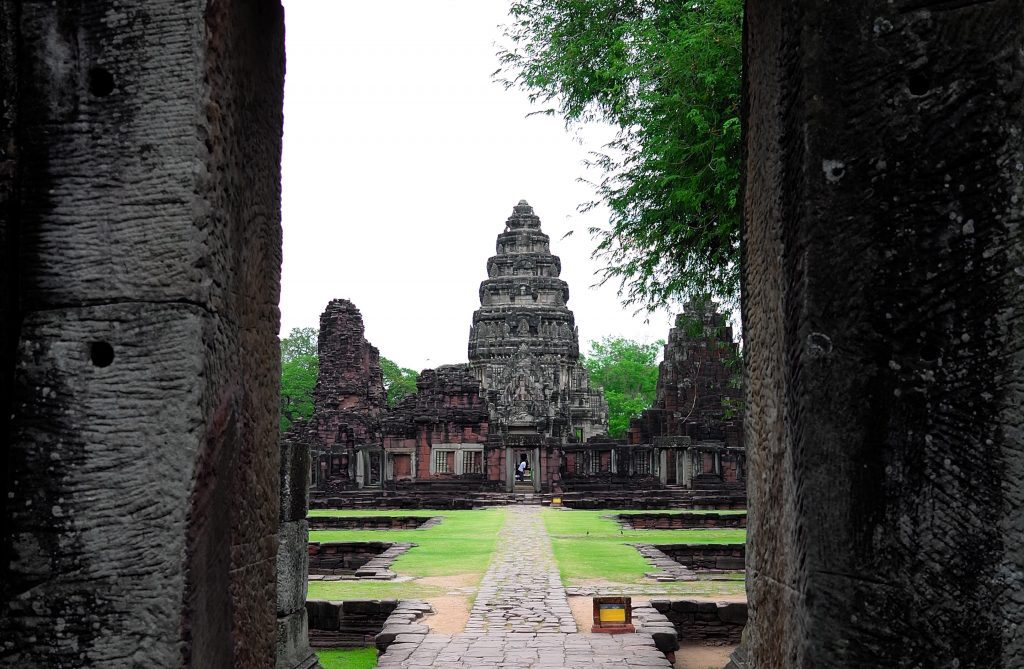

The NRICH has been operating the Asia Cooperation Program on Conservation Science (ACPCS) since 2005 to share knowledge and experience on the preservation of cultural heritage conservation and build a human resources network.
Starting in the field of conservation science, this program has laid the groundwork for cultural heritage experts in Asia from various fields such as architecture, archaeology, and art to share their experiences and techniques to promote exchanges.
The joint research project on architectural cultural heritage between Korea and Thailand was also initiated from the exchanges.
An expert from the Ministry of Culture, Thailand, who participated in the program, offered the idea of the technical exchange on preservation and research of stone cultural heritages.
In 2015, the NRICH under Korea’s Cultural Heritage Administration and the Fine Arts Department in the Ministry of Culture, Thailand shared the need for personnel and technical exchanges related to stone cultural heritages in the Asia-Pacific region. In 2016, the two countries signed the “Memorandum of Understanding on Technological Exchange for Preservation of Cultural Heritage” to develop technical capabilities in cultural heritage preservation and maintenance and decided to provide mutual support for visits, research, and field investigations.




In the following year, a working-level agreement was made to find ways to preserve the Phimai ruins in Thailand which included ways to expand technical exchanges in the fields such as archaeology, conservation science and architecture. From the NRICH, experts in architecture, safety and conservation took part in the joint research project with architecture experts from the Fine Arts Department of the Thai Ministry of Culture.
The Phimai Historical Park in Thailand is a temple built during the Khmer Empire in the 11th century, along with the Angkor Wat in Cambodia. It is in the ancient town of Phimai in Nakhon Ratchasima Province on the Khorat Plateau. Phimai was the destination of the Royal Road connecting Angkor Wat and Phimai, and the temple ruins in the center of the town are one of the major Khmer temples in Thailand, established in 1108 CE as a Mahayana Buddhist temple. It was later discovered by a French archaeologist in 1901 and registered as Thailand’s national monument in 1936 with continuous excavation, reinforcement, and restoration projects have been carried out. Major restoration began in 1954 and the central tower was restored in 1962 by a joint project between the Thai and the French governments. The Phimai Historical Park opened in 1989 after excavating and restoring major buildings, and the surrounding areas are continuously repaired and restored to this day. However, natural and artificial factors continue to cause damage to the site after the restoration, which resulted Korea and Thailand to join hands to find ways to preserve the cultural heritage.
The Phimai Historical Park is surrounded by two layers of corridors in a square arrangement and a gateway, or gopura, is installed in the north, south, east, and west of the inner and outer corridors, respectively. Inside the inner corridor, the Main Tower is located at the center of the east-west and north-south axis and Prang Phrommathat is on the southeast of the Main Tower, Prang Hin Daeng on the southeast of the Main Tower, and the Brahman Shrine behind Prang Hin Daeng, all damaged. Between the inner and outer corridors is the Library.
A joint research team of experts from Korea and Thailand conducted investigations on the origin and properties of rocks and carried safety inspection and evaluation to study the status of buildings, case study, and conservation and restoration plan of the Phimai ruins in Thailand from 2016 to 2020. In the survey of status, researchers looked into the surrounding environment, the status of the historical landscape and entry into the ruins, the status of major buildings, the viewing environment, and convenient facilities. Case studies included the repair status and techniques of three historical sites in Bangkok, including Wat Arun Temple, and major Khmer sites such as Phanom Rung Temple and Prasat Muang Tam Temple. To estimate the rock’s origin and investigate physical properties, experiments were conducted to analyze the origin of stones in order to find out the characteristics of the rocks constituting the Phimai Historical Park. Rock samples were collected from three major production areas around the park, Shikiho, Lungpuradu, and Seongnoen, and a comparative analysis was performed with the samples collected in the Phimai Historical Park. For safety inspection and evaluation, buildings in the historical park were divided into 33 zones, and buildings in each zone went through investigations for structural and material damage.
Structural damage includes separation, tilt, swelling, differential settlement, breakage, dropout and collapse, and material damage includes weathering, abrasion, crack, and peeling off. The architectural cultural heritages were classified into five grades from grade A, the best condition without safety issues, to grade E, which requires the cessation of immediate use and additional reinforcement or repair is needed due to serious defects in major materials. Two sites in the ruins were selected to be monitored twice to see the inclination of the wall and uneven settlement of the foundation. Through three years of thorough research, we tried to establish a comprehensive conservation and maintenance plan for the Phimai Historical Park to restore the authenticity and historicity of the ruins.
The Thai authorities put priority on establishing a conservation plan for Prang Hin Daeng, which is the most damaged structure in the Phimai Historical Park and is inspected as the grade E in a safety grade. Structural deformation of Prang Hin Daeng due to differential settlement of soil is already confirmed and materials were severely damaged due to weathering and breakage with a high risk of parts falling off. Since there were limitations in reusing original materials, there were concerns over the authenticity of the cultural heritage after the repair, which led to a greater need to preserve it in its current state. A workshop of experts was held in 2019 to discuss the ways to preserve and restore Prang Hin Daeng through joint research. During the meeting, a study of the Angkor ruins in Cambodia in 2020 was suggested to research the technical methodology of stone architecture in a similar environment built with similar materials, but it fell through due to the COVID-19 situation. So, the five-year joint project ended with the Korean side establishing a plan for conservation and maintenance of the ruins and sharing it with Thailand.
Based on the survey of the Phimai Historical Park in Thailand, we proposed a basic plan draft for maintenance in three areas of architecture, conservation, and safety on the Thai side. First, in the field of architecture, we presented a step-by-step improvement plan centering on restoring the historic value of the ruins and creating a historical environment that can coexist with residents and visitors. In the first stage, ruins maintenance is conducted in the order of urgent need for reinforcement based on the result of safety inspection and reorganized the access route and internal circulation route to improve accessibility to the relic and efficiency of viewing. The second stage expands out to the Phimai Historic City area, surrounded by four gateways and corridors, with an aim of restoring the now-lost east gate and repairing the overall town walls to seek the original state of the Phimai Historic City. The final maintenance plan was established by organizing ideas in the fields of construction, safety and conservation. In the field of construction, the northwestern side of the outer corridor, where structures graded D and E during the safety inspection are clustered, is selected as the priority area. We suggested focusing on maintaining the current status of the ruins and strengthening stability using the anastylosis technique1).
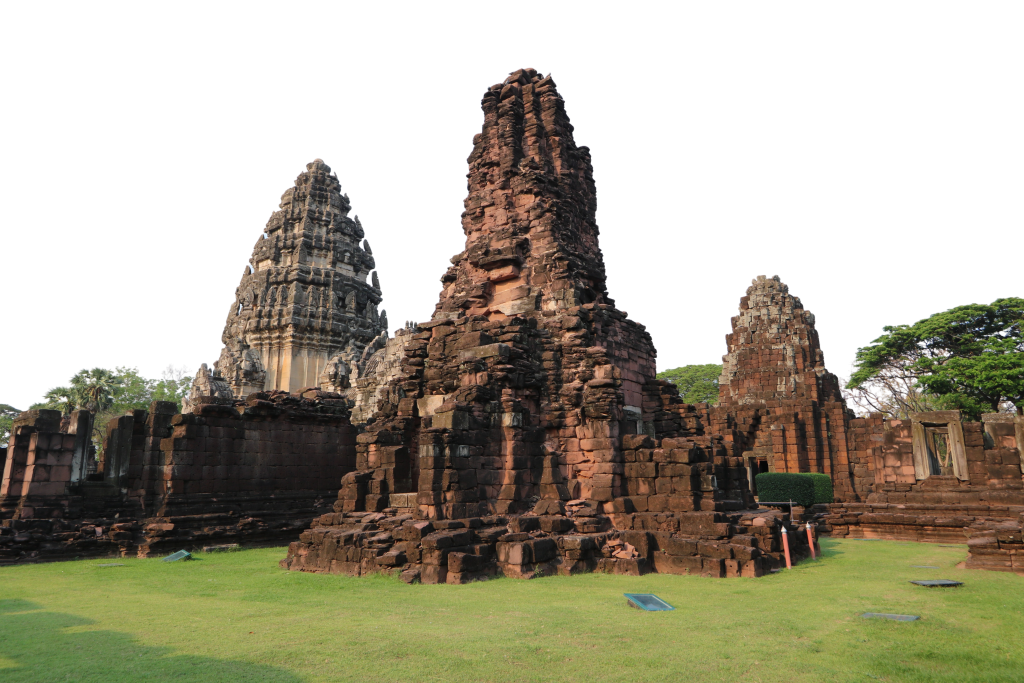

The related relics are of high importance and require careful measures for restoration and repair, hence we suggested creating a distant viewing environment after preparing long-term measures for restoration and preservation. Visitors are allowed to view the ruins freely within the site, so we proposed to overhaul the guidance system by adding more information centers, facilities for the handicapped and information boards. In the field of safety, we suggested a step-by-step conservation plan based on the status of damage on each architectural ruin considering various types of material damage and structural deformation found during the safety evaluation of the ruins in Phimai Historical Park, which were severely damaged at the time of the investigation. For conservation, we shared the need to research similar materials to recover the authenticity of architectural materials and physical reinforcement and replacement of parts to reduce damage to the ruins.








The investigation and research on the Phimai Historical Park in Thailand were jointly conducted by experts from Korea and Thailand to establish a maintenance plan the most suitable for the current status of the ruins. It is the result of the efforts of both countries to restore the historical meaning and promote its value based on the authenticity of the relics. However, due to COVID-19, the opinions of the Thai side were not reflected thoroughly in the final product of the five-year joint research. Given the chance in the future, the NRICH hopes that the results of this joint research project would be applied to the actual maintenance of Phimai Historical Park in Thailand, contributing to the restoration of authenticity and historic values of the site.
1) Anastylosis technique: A reconstruction technique using the original architectural material to the greatest degree possible when restoring a ruined building or monument, which is commonly used for cultural heritage repair in Thailand and Cambodia

